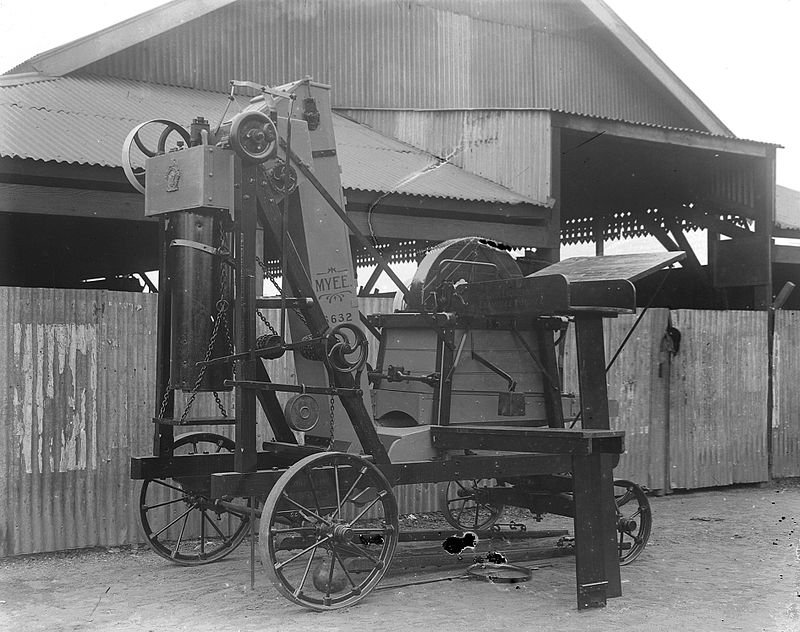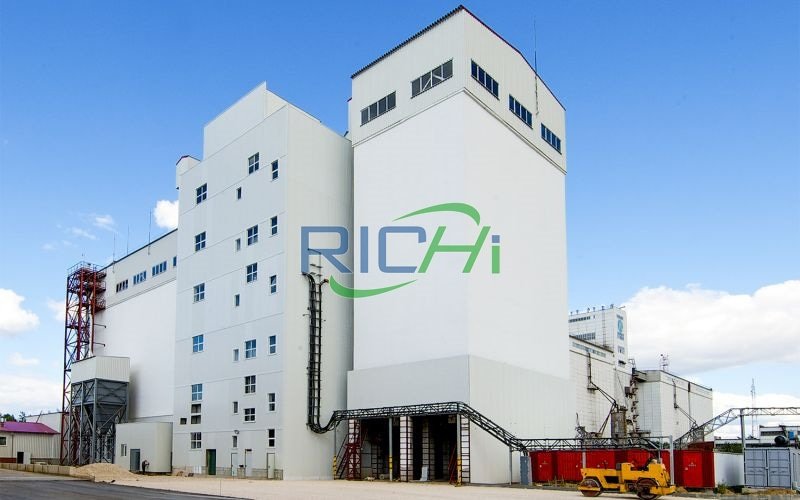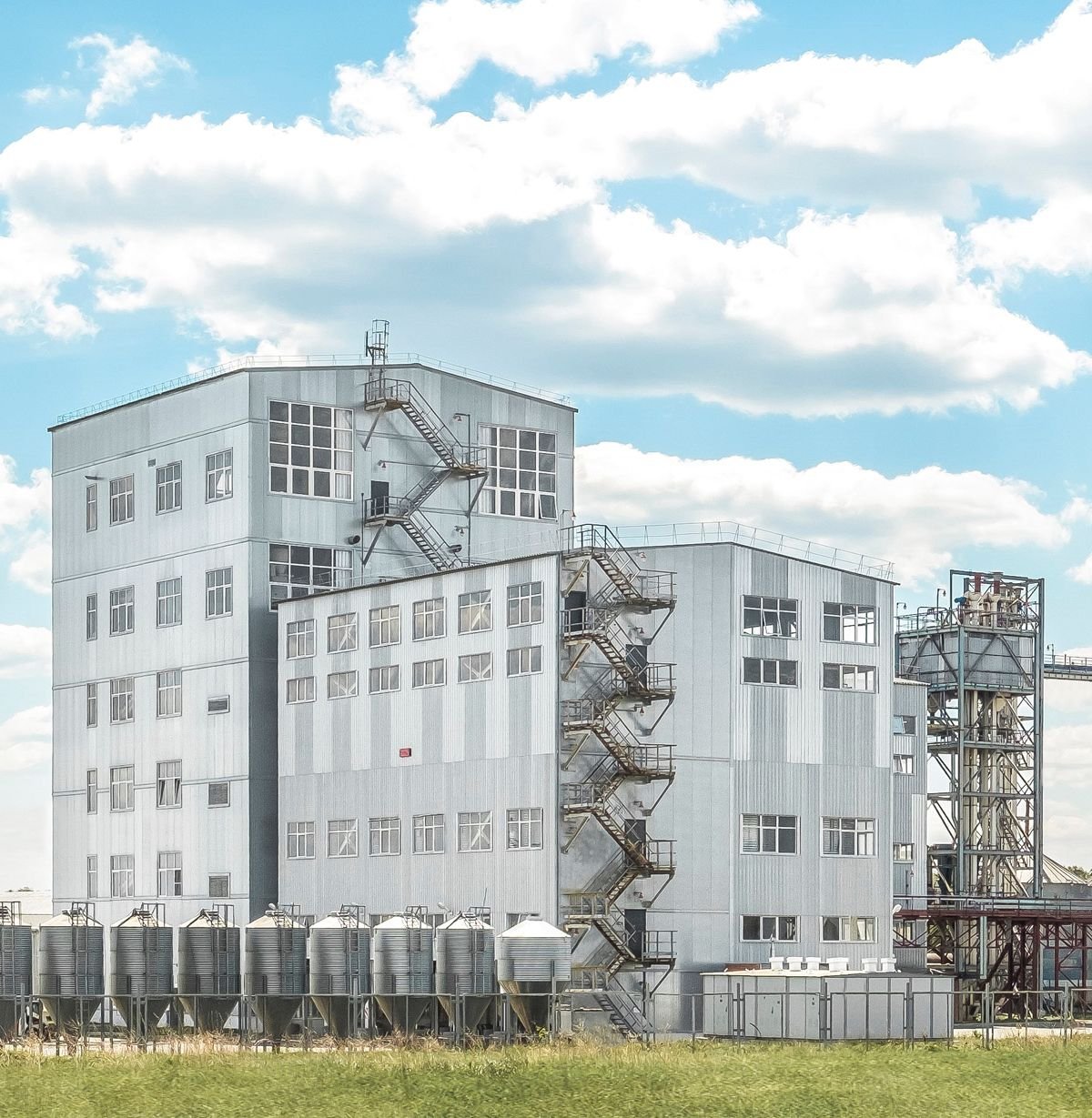In the realm of agriculture, the chaff cutter is a vital piece of equipment, indispensable for livestock farmers. It facilitates the processing of fodder into more manageable and digestible sizes, enhancing the efficiency of feed utilization. This article provides an in-depth look at the chaff cutter, exploring its functionality, types, benefits, and market relevance.
Technical Overview
Functionality
A chaff cutter, also known as a straw chopper, is designed to cut straw or hay into small pieces. This processed fodder is then used to feed livestock, making it easier for animals to chew and digest. The primary components of a chaff cutter include:
- Feeding Mechanism: Ensures smooth and consistent feeding of raw material into the machine.
- Cutting Mechanism: Typically consists of rotating blades or knives that chop the fodder into desired sizes.
- Power Source: Can be manually operated, engine-driven, or powered by electricity, depending on the scale of operation.
- Output Mechanism: Directs the cut fodder out of the machine, ready for collection and storage.

Types of Chaff Cutters
Chaff cutters are available in various configurations to suit different farming needs:
- Manual Chaff Cutters: Ideal for small-scale farms, these are manually operated and suitable for low-volume processing.
- Electric Chaff Cutters: Powered by electricity, these are efficient and suitable for medium to large-scale operations.
- Tractor-Mounted Chaff Cutters: Designed for large-scale farms, these cutters are mounted on tractors, allowing for high-volume processing directly in the fields.
Benefits of Using a Chaff Cutter

Improved Feed Quality
Chaff cutters ensure that fodder is uniformly cut, which enhances its digestibility. Smaller pieces of fodder are easier for animals to chew and digest, leading to better nutrient absorption and overall health.
Increased Efficiency
Using a chaff cutter significantly reduces the time and labor required to process large quantities of fodder. This efficiency translates to cost savings and improved productivity on the farm.
Waste Reduction
By cutting fodder into smaller pieces, chaff cutters help minimize waste. Livestock are less likely to trample or discard finely chopped feed, ensuring that more of the fodder is consumed.
Versatility
Modern chaff cutters are versatile and can process various types of forage, including green and dry fodder. This adaptability makes them a valuable asset for diverse farming operations.
Market Implications
Growing Livestock Industry
The increasing demand for animal protein is driving growth in the livestock industry. As farms expand, the need for efficient fodder processing solutions like chaff cutters becomes more pronounced.
Technological Advancements
Advancements in agricultural machinery have led to the development of more efficient and durable chaff cutters. Innovations such as automated feeding mechanisms and enhanced cutting blades are improving the performance and reliability of these machines.
Competitive Landscape
The market for chaff cutters is competitive, with numerous manufacturers offering a range of products to meet different needs. Key players are focusing on developing advanced, user-friendly machines to capture a larger market share.
Conclusion
The chaff cutter is an essential tool for modern livestock farming, providing numerous benefits in terms of feed quality, efficiency, and waste reduction. With the livestock industry poised for continued growth, the demand for efficient forage processing equipment like chaff cutters is set to rise.
For farmers, investing in a reliable chaff cutter can lead to significant improvements in farm productivity and profitability. Understanding the various types and benefits of chaff cutters is crucial for making informed purchasing decisions and optimizing livestock feed management.
As the agricultural sector continues to evolve, embracing advanced machinery such as chaff cutters will be key to meeting the challenges of modern farming and ensuring sustainable livestock production.









